The number one killer of helicopters and their occupants is collisions with wires and other obstructions. In 2006 I flew as a medevac helicopter pilot for a large Midwestern helicopter air ambulance company. We flew the Bell 206L Long Ranger helicopters that are not equipped with any night vision equipment. During daylight missions I was able to see poles, towers, TV antennas and other obstructions.
During the night most of those obstructions lurked unseen as I would slowly work the helicopter into a scene to pick up a patient. The reason I quit flying as a medevac helicopter pilot was that too often my path was blocked by wires or other obstructions when on final approach at night.
I would see the wires or tower just in time to avoid them as evidenced by the fact that I am still alive and writing this article. The number of times that I came too close for comfort, seeing the obstruction just in time to avoid it, occurred too often and I decided to just return to full time helicopter flight instructing.
In the photo below I am standing next to my student, neighbor and close friend, Jim Evertsen and his wife Tina seen sitting in his Hughes 300 at our Missouri flight training center. Jim had just completed his commercial helicopter training at our center and went on to form Ozark Mountain Helicopters, LLC for the purposes of air tours, gift rides and power line patrol.
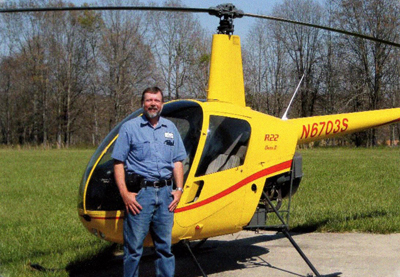
Orv Neisingh and his ex-R22 Beta
Jim was having the time of his life flying his Hughes all over the Ozarks for both business and pleasure. He went on to purchase a brand new R44 and opened an air tour service in Branson, Missouri. All was going very well and we talked often about the challenges and highlights of owning an expanding helicopter services business.
On Saturday July 12, 2008 Jim Called me and told me that he would be flying powerline patrols for Sho-Me Power in the North Arkansas area of the Ozarks. He offered me a slot to take some of those flights while an employee of the power company sat in the passenger seat as the observer.
I queried Jim about how close he needed to fly from the wires. His reply was that he usu ally was within 30 feet of the cables to allow the observer a full view of all of the components of the transmission line system.
I told Jim that I did not like wires and would definitely not intentionally fly that close to any wires. We chatted on for over an hour and when I said goodbye, little did I know that it was really goodbye and that I would never see him again.
On Monday evening Jim and his wife Tina, went to the movies, as was their Monday night custom. On the drive home they drove by the Air Evac Lifeteam helicopter base where I had worked. Jim’s dream was to one day fly for Air Evac and was busy accumulating the needed 2000 helicopter flight hours required to qualify for being hired as a part 135 pilot for that company.
Jim turned to Tina and said “One day I am going to by flying for Air Evac”. Tina replied “Remember why Orv quit flying for them. There are so many wires out there that you just cannot see”. Jim replied, “you just have to keep your eyes open”.
The next morning, Tuesday, Jim got up early, ate break fast with Tina and kissed her goodbye. She knew he would be flying over very rough terrain and close to the high tension lines. She reminded him to “watch out for the wires”. Jim assured her he would be careful and headed out the kitchen door to the hangar.
Within a short time Tina heard and saw Jim fly away for the last time. I was on my way to instruct in the Charlotte area that Tuesday morning. When I landed in Charlotte, there was a message on my phone from an FAA representative asking me if I knew who might have been flying a Hughes 300 in the Northern Arkansas area that morning.
I was informed that two persons were killed when the helicopter struck power lines in a remote canyon area. I was shocked and upset to learn that Jim had perished in this mishap.
UPDATE’. Helicopter was inspecting power lines, crash killed two, July 15, 2008, Salesville, Arkansas.
The news stories all stated that Jim was the pilot and that he had hit power lines with his helicopter while conducting power line patrol near Norfork Lake dam in Northern Arkansas. He was a good pilot but I never did see in him the slight sense of anxious vulnerability that breeds caution in most seasoned pilots; those that live.
It is the knowledge that something can go wrong at any instant that keeps us on the edge of our seat, clear of all obstacles and with a plan of action ready should the unthinkable happen. I spoke about this to Jim the night he flew into my heliport after crossing 80 miles of unpopulated national forest in the fog because he needed to get home that night.
He told me he knew if he kept the trees below and illuminated ahead by his landing light; flew the GPS course to my field and kept clicking on 122.9 to turn on my approach lights that he would be OK. He was lucky that time.
On the particular instructional trip to Charlotte, I was teaching a new RotorWay owner to fly and maintain his recent purchase. It became evident that Rolin did not wish to be deeply involved in the maintenance of an experimental helicopter and that he planned on many long-distant flights over quite inhospitable terrain.
It was soon obvious that the mission he envisioned would require a certified ship with a higher margin of safety than what he could expect from an experimental helicopter. During the first morning of Rolin’s hover training I received a call from Justin Travis, a friend and fellow flight instructor who lives in the Charlotte area.
He asked where I was and within an hour landed his newly refurbished Hughes 500/OH58 in Russ Platt’s (another former student) field where we were working at the time. I introduced Justin to Rolin and suggested that once he moved up to a certified ship, Justin would be a great resource for his flight training locally.
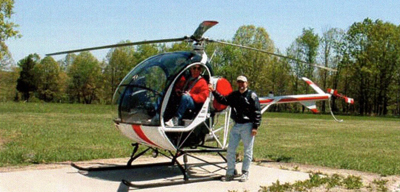
Orv and his friends and neighbors, Jim and Tina Evertsen, at Orv’s place in Missouri
Following Rolin’s hover training, he sold his RotorWay and purchased a very nice R44 that better fit his mission. He continued his flight training with Justin and they kept me informed of Rolin’s progress. On January 22, 2009 I was notified that there was another helicopter and life lost in a North Carolina Helicopter crash into wires.
The headlines stated that a helicopter crashed in Monroe, North Carolina. They stated that the pilot was killed but his lone passenger, a certified flight instructor, survived when their helicopter crashed Thursday in a southern North Carolina field, sending a ball of smoke into the air.
The helicopter clipped a power line where the main rotor and transmission were tom from the ship by the power line. The main rotor system and transmission were lying some distance from the wreckage. The helicopter was Justin’s and he was in the co-pilot’s seat while the other person was in the pilot’s seat.
The helicopter fell from the top of the power lines where the rotor system was severed from the ship to the ground. This ship was a former Army OH58 with self sealing fuel tanks. When it hit the ground it did not explode due to the safety features incorporated into the design.
Fortunately Justin survived this horrific crash but the other person on board did not. We don’t know the details of how this crash happened. Justin sustained a severe concussion and has no memory of even flying that day.
How could this tragic accident have happened? We can speculate about many reasons two highly skilled pilots could con tact the wires that they surely knew were in the area. The obvious reason is that they did not see those wires.
In this article I have shared the stories of two close friends of mine. The stories involve helicopters that I have piloted and enjoyed flying. Many lives have changed as a result of the pilots of these helicopters flying too close to power lines that had wires that the pilots did not see in time to avoid.
In Jim’s case, his helicopter hit a set of high tension lines that were crossing the set of transmission lines they were inspecting. Jim most likely was watching the set of power lines under his helicopter as he approached a set of wires crossing above that he did not see.
This cost him not only his life but also the life of the power company observer who was flying with him. In Justin’s case, we know that the helicopter pilot was being prepared to fly power line patrols in Justin’s helicopter.
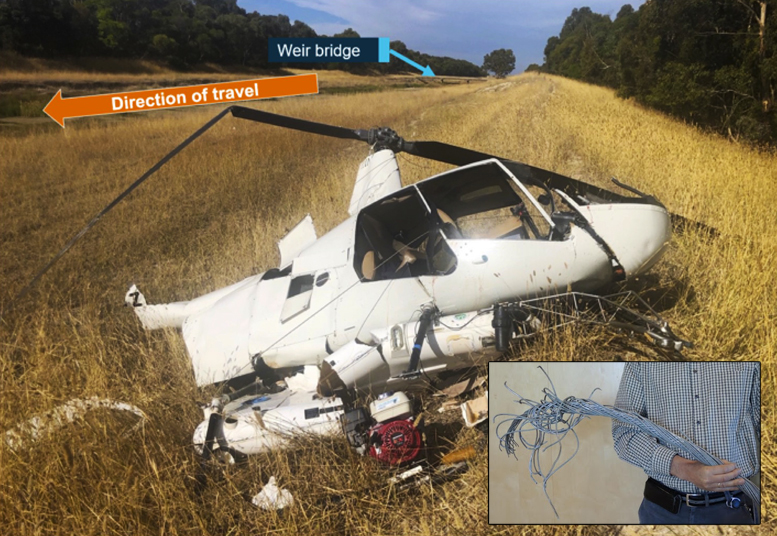
Somehow in the sequence of events, the helicopter flew directly into a set of power lines causing the death of the pilot on the controls and untold suffering for all related to this incident. No matter what helicopter we are flying, we are still flying in the same environment, low and slow compared to our fixed wing brethren.
This environment is shared by power lines, radio towers, cell phone towers, TV antennas and any other object that protrudes into the helicopter operating environment. Both of these crashes involved the pilots hitting wires that they knew were in the area.
I always admonish my students to be a little afraid of flying their helicopters, no matter experimental or certified. If a pilot becomes even a little bit complacent, they could pay with their lives.
Rules to live by:
-
Always be ready for the unexpected.
-
Always look for the towers, not the wires, and then fly well above those towers.
-
Assume that all towers have wires.
-
Assume that all canyons have wires crossing them All wires are there to KILL you.
Orv Neisingh
Sho-Me Helicopters, LLC
Rotorcraft Commercial, CFI, Inst.
http://flywithorv.com
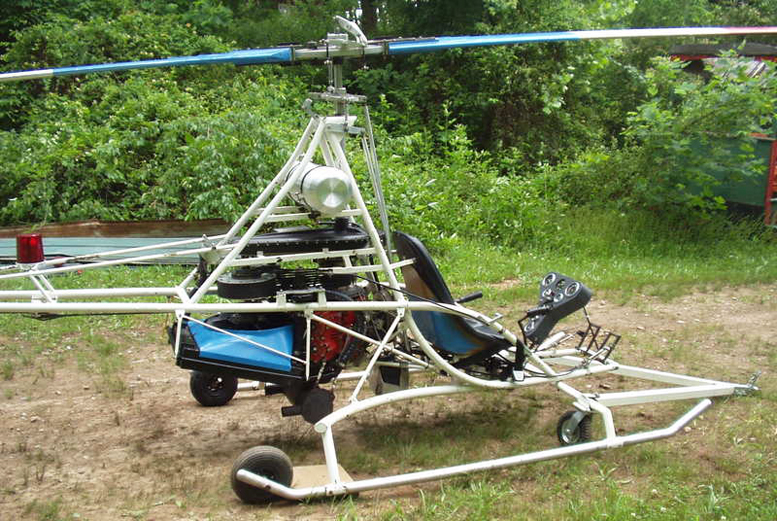
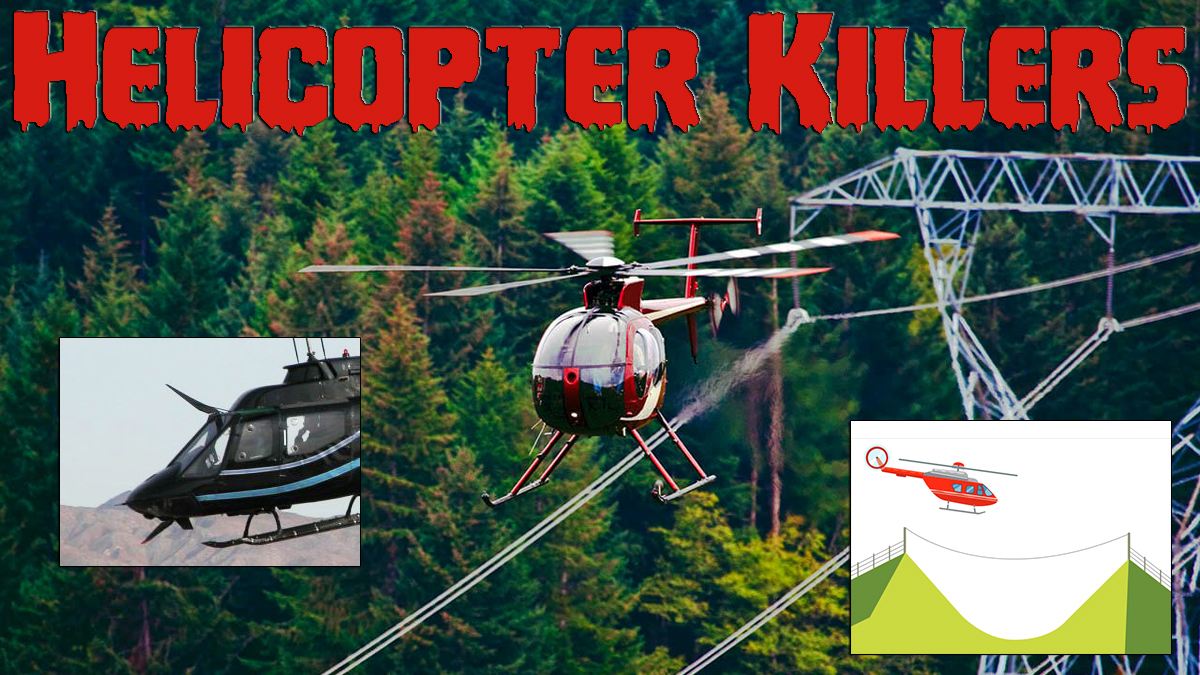

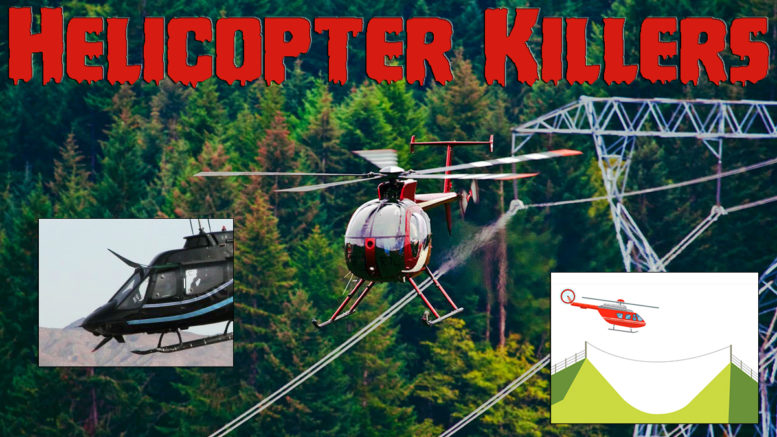
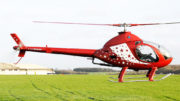
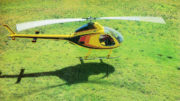
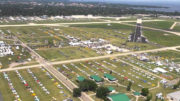
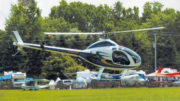
Be the first to comment on "Beware Of The Wires"